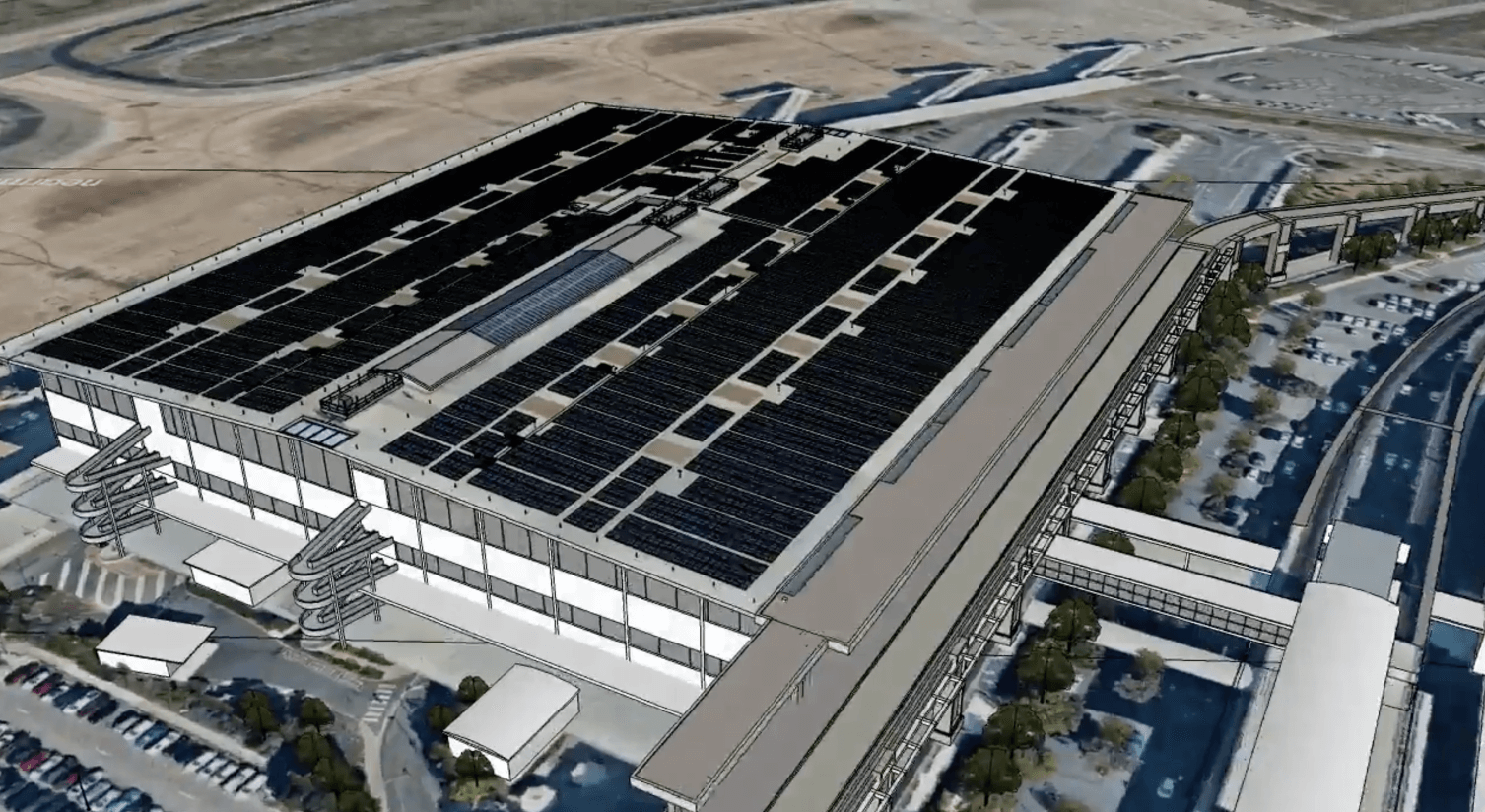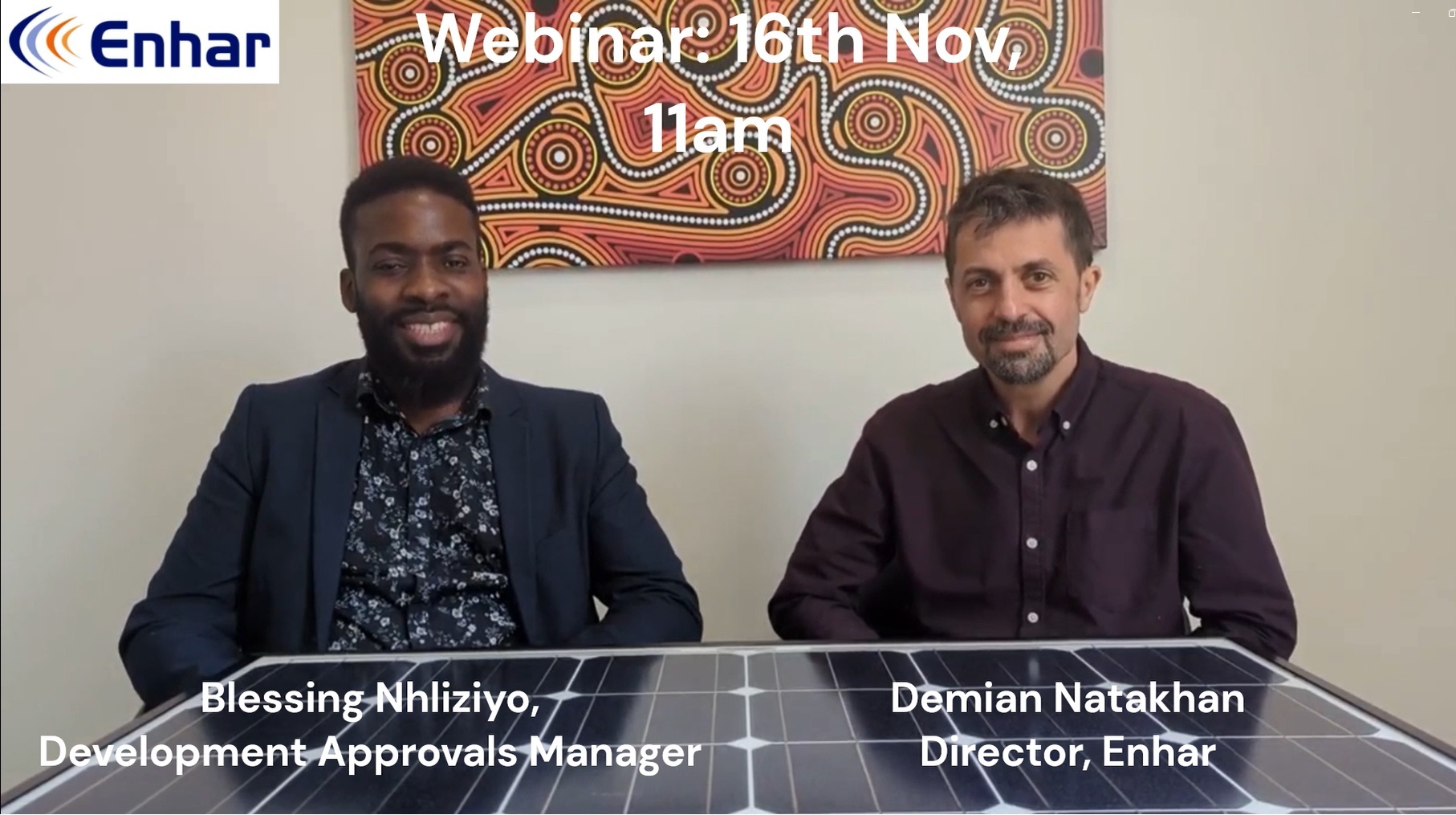Introduction / Overview
Electric vehicles (EVs) are a hot topic as people consider transitioning away from fossil-fuelled vehicles across all sectors of the economy. Many organisations run fleets of vehicles, and these can range from passenger cars all the way to semi-trailer trucks.
Enhar has experience assisting the transition of many vehicle fleets. To share our knowledge in this area, Enhar held a webinar on October 19th , 2023. We also published a report on heavy-duty EVs, available to the public which you can download here.
In this article we outline the key points covered in the webinar and takeaways from following items:
- EV webinar
- Heavy-duty EV report (which you can download here)
EV Webinar
The event was well-attended, with 35 people hearing from four presenters. Trevor Ackland provided an introduction, then Andrew Reddaway presented on trends in the EV sector, with a focus on heavy-duty EVs. The steps to transition a fleet were presented, from high-level multi-scenario fleet transition planning all the way down to detailed design, testing and commissioning EV chargers at a depot.
Harry Fricke from Moonee Valley City Council presented a case study from the perspective of an Enhar client. This local government’s depot is planning for a full transition to EVs and is using innovative strategies such as drawing on three separate, existing connections to the electricity grid to supply 50 EV charge points. Planning has factored in a “worst case” event, in which council vehicles would drive many more kilometres than normal while cleaning up after a winter storm.
Harry emphasised the need to retain flexibility while planning, and the importance of formal project documentation to assist in gathering support from internal stakeholders. Ryan Akers explained the use and function of Enhar’s tool to simulate EV charging across a site, which was developed in-house. By modelling charging in 30-minute intervals over an entire year, Enhar can identify energy requirements and determine whether additional infrastructure will be needed. Such new assets might include an upgraded connection to the grid, or solar and batteries to provide additional energy onsite.
A key feature of Enhar’s modelling is simulating the operation of a Load Management System (LMS). This technology spreads out charging to keep imports from the grid below the site’s maximum capacity. An LMS is essential for most depots to minimise capital expense on electrical infrastructure. For example, a fleet of vehicles may be charged gradually overnight rather than at high power through the evening. Vehicle priorities are supported, such as ensuring garbage trucks are charged in preference to tipper trucks.
.png)
Heavy-duty EV report
This report arose from consulting work for Hobsons Bay City Council in Victoria. This local government is planning its transition to EVs with a focus on heavy vehicles such as trucks, garbage trucks and street sweepers. The council engaged Enhar to research the current state of the technology and market for these vehicles, and to suggest the likely path of future developments.
Our research found that heavy-duty EVs are generally already capable of doing the job of diesel equivalents, with some exceptions. Economic attractiveness depends on an organisation’s appetite to effectively pre-pay future operating costs. However, these vehicles have many benefits apart from economics, such as resilience to future fuel prices, reduced emissions and local health benefits.
Our report is available to download at: https://www.enhar.com.au/ev-report-heavy-duty
Looking to the future, the uptake of heavy-duty EVs is likely to accelerate, driven by factors such as improved designs, mass production and sourcing from China. Also, emissions from transport are likely to face increasing scrutiny as other sectors become cleaner, such as electricity generation. Future risks to this uptake acceleration include supply chain disruption and tight supply of battery raw materials.

Conclusion / Summary
The rollout of EVs by organisations running vehicle fleets is likely to accelerate. Suitable vehicles and chargers are available for most operational purposes, and economic and other benefits are improving over time. When embarking on such a transition, it’s crucial to plan a pathway for the upgrade of electrical infrastructure. This enables a smooth rollout while minimising capital expense.
Are you ready to power up your fleet's future with electric vehicles? Connect with Enhar today and embark on a seamless, cost-effective transition to an EV fleet. Our expertise is your advantage in navigating the complexities of EV adoption. Contact Us to start your journey towards a greener, more efficient fleet.







